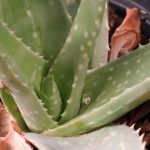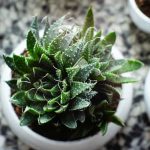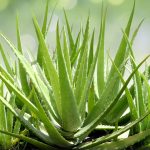Ever wondered how to propagate aloe plants effectively? We will share two practical techniques to help you expand your aloe collection effortlessly!
Aloe plants are unique with a charming appeal that every gardening enthusiast should experience. These succulents are perfect for novices as they are low-maintenance. Apart from adding a touch of green to your space, aloes also purify the air and offer medicinal benefits, particularly aloe vera.
An often underestimated advantage of aloes is their ease of propagation. Propagating aloe plants not only serves as a rewarding project but also yields numerous plants, saving you money. Whether you want to expand your garden with aloe vera or gift these plants to others, propagating aloes is a delightful experience!
Top Picks From Amazon for Aloe Propagation:
- Garden Safe Rooting Hormone
- Hoffman Organic Cactus & Succulent Soil Mix
Aloe Plant Propagation
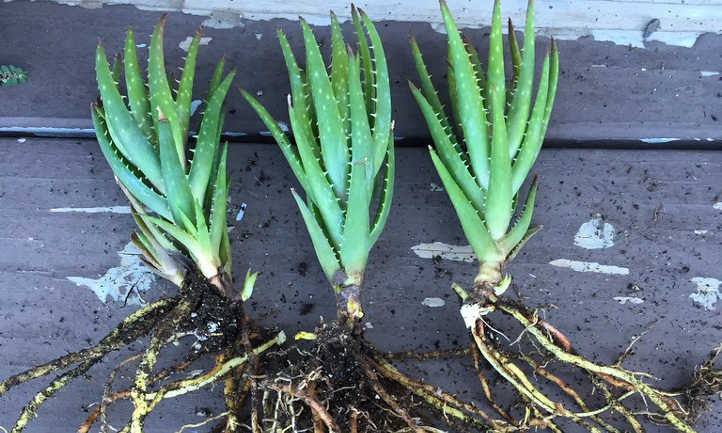

Why is aloe propagation so straightforward? The secret lies in offsets, often referred to as baby plants. Although aloe vera and other aloes like aloe brevifolia can reproduce by seeds, they primarily spread via offsets.
Offsets, also known as pups or offshoots, are duplicates that sprout from the parent plant’s stem or roots. These pups depend on the mother plant for sustenance until they establish their root systems, resulting in a cluster of interconnected plants growing from one parent. Each pup is a new plant with its own set of roots.
Aloe plants typically start producing offsets when they reach a few years of age, with healthier and older plants yielding better results. To encourage offset growth, ensure your aloe receives sufficient sunlight and use a good cactus mix. Providing some succulent fertilizer in the spring or early summer can also stimulate the process.
When it comes to aloe vera propagation through offsets, all you need to do is separate the plant. This division technique is the simplest way to propagate aloes and can be carried out at any time of the year, preferably during the growing season (spring and summer). Let’s delve into the propagation procedure without further delay so that you can welcome a new aloe plant into your home.
Necessary Equipment & Materials
Prior to delving into aloe propagation and expanding your aloe plant collection, gather the following tools and supplies:
- One healthy aloe plant with pups
- A clean, sharp knife or clippers for cutting
- A pot or container with drainage holes
- Well-draining garden soil, preferably a succulent mix
- A trowel (optional)
- Rooting hormone (optional)
The Division Method for Propagating Aloe
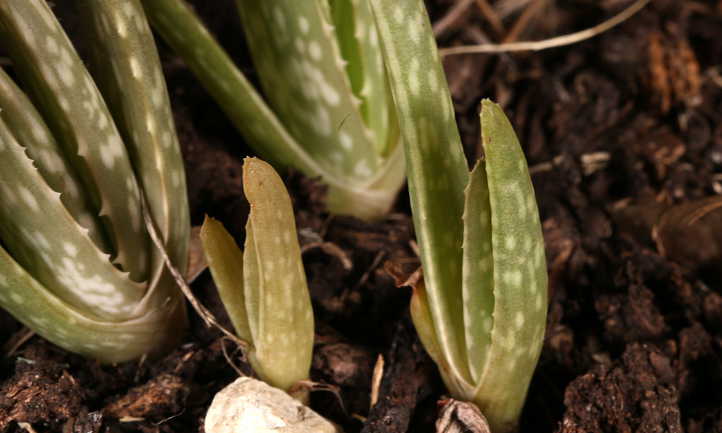

Step 1: Locate the pups around and on the stem of your aloe plant. Apart from being on the stem, pups might be nestled at the base of the mother plant, potentially concealed behind its large leaves. Each offset should have a few leaves and its own root system.
Step 2: Carefully extract the entire plant, including the pups, from its pot and remove as much soil as possible. If your plant is in a garden bed, use a trowel to gently loosen the soil before removing the aloe plant and its pups, taking care not to disturb neighboring plants or their root systems.
Step 3: Gently separate the pups from the mother plant, using a knife if necessary to free them without damaging the roots. Proceed slowly in this step to minimize harm to your aloe vera plant.
Step 4: After separation, inspect the roots of the offsets for any damage, trimming off any rotten or unhealthy portions while preserving as much of the root system as possible. It may be wise to check the roots of the mother plant for damage as well.
Step 5: If the offsets have few or damaged roots, consider dipping the ends in rooting hormone to boost new growth. Although not always essential, rooting hormone can aid in root development.
Step 6: Repot each offset in its own container with dry, well-draining soil, ensuring the soil is not tightly packed around the roots to allow for proper breathing. While the pups are small, they need time to acclimate to the new soil surrounding their root system.
Step 7: Return the mother plant to its pot, considering an upgrade to a larger container if needed. Whether repotting aloe vera or any other plant, the process remains similar. Ensure the plants are at the same depth as in their previous pot and maintain this consistency if transitioning aloe plants from a garden bed.
Step 8: While offering the baby aloe plant some water as a welcome gesture seems appealing, let it remain dry for a few days. The roots require time to heal from the transfer, a process best carried out when the soil is dry. Gradually reintroduce watering after a few days to a week, allowing your plants to flourish. Congratulations, you have successfully propagated aloe vera!
The Alternate Method: Using Leaf Cuttings

For expanding your aloe collection without spending money, consider propagating them! If pups are unavailable, leaf cuttings can be an alternative method, albeit with a lower success rate compared to division.
Guided Steps:
Step 1: Cut a portion of a leaf from the mother plant cleanly.
Step 2: Let the cutting dry out for a few days for scabbing.
Step 3: Plant the cutting in well-draining soil without rooting hormone.
Step 4: Keep the soil damp and place the cuttings in indirect light.
Try stem cuttings with multiple root nodes for another option, though less reliable than offset or leaf propagation for aloe plants.
Now you can enjoy expanding your aloe plants and sharing them with fellow gardeners, enhancing your outdoor space with these delightful succulents!
Frequently Asked Questions
Q: Can you grow aloe vera from a cutting?

